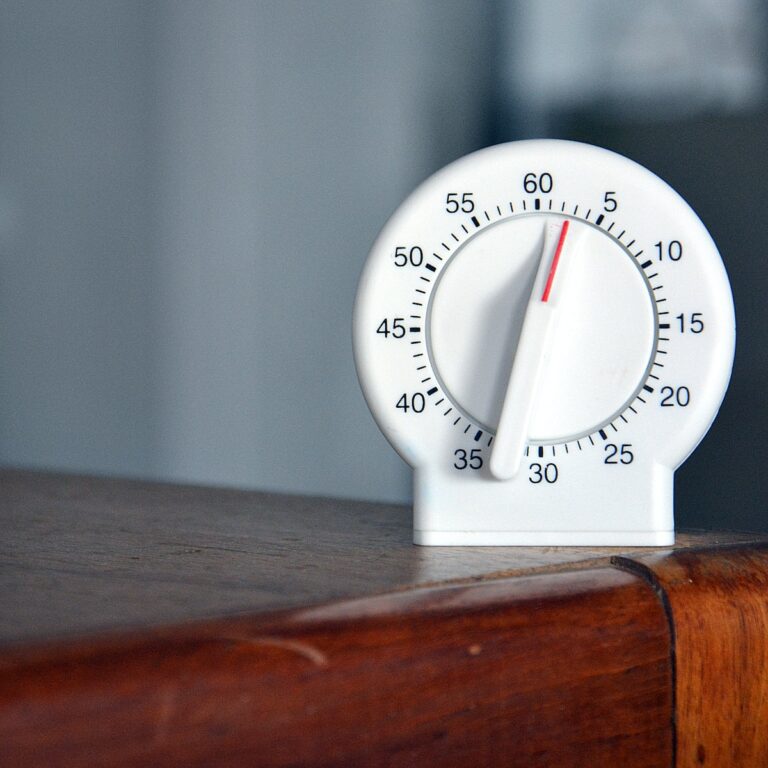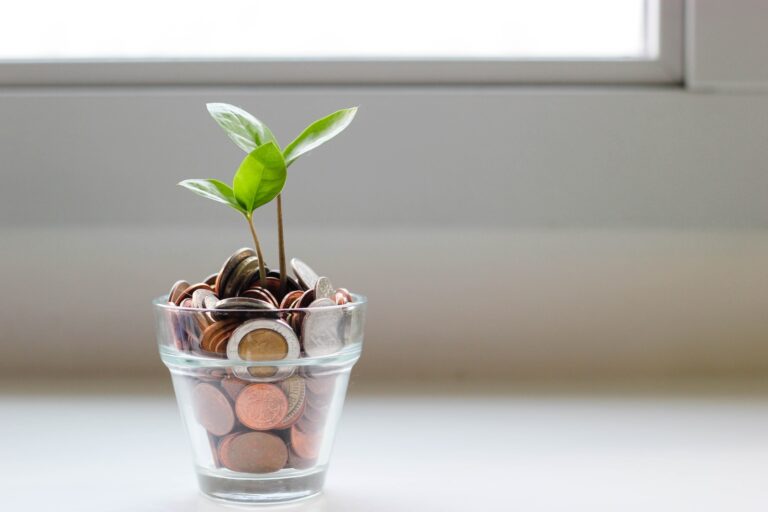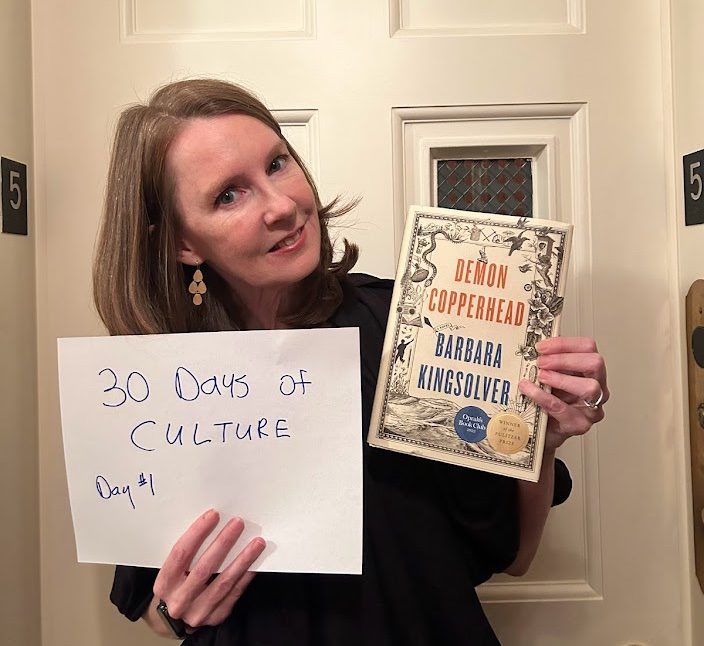This year, for our “24 for 24” lists, my sister Elizabeth and I decided to observe a “No-Spend February.” For the month of February, we didn’t make any unnecessary purchases.
Why?
A brief period of deprivation can help us learn about ourselves and our patterns. It can re-set our tolerances, so that going forward, we indulge less.
Also, it may show us that we’d be happier if we engaged less in a habit such as spending, drinking wine every night, or scrolling in bed.
Setting up a successful No-Spend Month
If you’re considering a “No-Spend Month,” setting a few ground rules ahead of time can help you stick to it:
- Set a timeline—if a whole month seems daunting, try one week or one day per week.
- Decide what “counts”—you might choose to focus on a particular category of spending or rule out anything you deem “non-essential.”
- If you rule out anything “non-essential,” what is essential? Tooth paste, a birthday gift, a meal with friends?
- Set up safeguards—for instance, if you tend to shop when you’re bored, decide what you’ll do instead.
- Identify your “why”—clarifying what you hope to gain from the experience, whether it’s breaking a habit, saving for a bigger investment, or aligning your behavior with your values, will help you stick to it.
- Consider whether you’re an Upholder, Questioner, Obliger, or Rebel—the “Four Tendencies” personality framework will help you set up the challenge in the way that’s right for you (learn your Tendency by taking the quiz here).
Elizabeth and I decided that for one month, we’d spend money only on necessary household items—also gifts. We could eat at a restaurant for a social occasion, but we couldn’t pay for prepared food otherwise.
For some people, it might work better to cut back on spending, without declaring something extreme like a “No-Spend February.”
But both Elizabeth and I are Abstainers about many things—all or nothing. Many people are surprised to find that when it comes to temptation, it may be easier to give something up altogether than to indulge moderately. (Read more about abstainers vs. moderators.)
It’s also true that often, when we don’t feed our cravings, they don’t build up; instead, they fade away.
Also, a bold gesture sometimes feels more fun than a more modest effort.
Of course, we both realized that we’re extraordinarily fortunate to have the financial comfort to choose not to spend in this way. That’s not something ever to take for granted.
What we learned from our No-Spend February
Elizabeth:
Elizabeth hadn’t realized how much time and energy she spent browsing online, looking through emails about sale items, and checking websites. So she gained back that time and energy in February.
However, to her surprise, she came out of the month with more desire to buy. In ordinary life, she usually looked without buying, but by the end of February, she felt more urge to go shopping than usual, so she thought she might go on a shopping spree. But, in fact, she didn’t.
Gretchen:
Because I couldn’t impulsively buy books that I wanted, I ended up buying far fewer—which is good, because these days I feel oppressed by my huge piles of unread books.
Also, I want to learn to watercolor, but my desire to buy art supplies outstrips my actual use of those supplies. It was good that I couldn’t buy a Chinese brush or gouache. This delay reminded me that I shouldn’t indulge in the pleasure of buying supplies; I should be focusing on regularly painting with watercolor.
Another benefit: I wanted to buy a small water-sprayer for watercolor, but because I couldn’t buy one, I realized I could re-purpose a sprayer that had held lens cleaner.
In general, delay is good. After I saw a YouTube ad for fire blankets, and doing a little inconclusive research, I know I would have bought them. But I waited to see if I really thought they were a good idea.
Along the same lines, when I spotted sun gloves in an REI store, I know I would’ve bought them—I didn’t know such things existed. But I waited. When summer comes, I’ll see if I really need them (doubtful).
Tips from listeners
After we talked about No-Spend February in episode 472 of the Happier with Gretchen Rubin podcast, listeners who joined in the challenge reported on what they learned and used.
Some highlights:
- Many people emphasized the usefulness of belonging to a Buy Nothing group.
- Many recommended budgeting tools such as YNAB (You Need a Budget) or Simplifi.
- If a child is begging for a toy, take a picture of it. That gesture often satisfies them.
- Save the money you’d otherwise spend to invest in yourself, with savings.
- A true under-buyer realized that she’d actually benefit from a Big-Spend February, to push her to buy needful things such as prescription sunglasses and hole-free t-shirts. (Read about under-buyers and over-buyers.)
- A listener pointed out that people should use the Four Tendencies framework to figure out how to handle a No-Spend February. I absolutely agree—Upholders, Questioners, Obligers, and Rebels would approach the challenge in a different way.
- Only buy “treats” with cash.
- Customize settings in social media to receive fewer ads.
- In Amazon, “proceed to check out” just once a week, to get another chance to review purchases before making them.
- Most amusing: Every January, a listener and her husband observe “Survivor Pantry Island.” They buy very few groceries for the month, and instead eat from their pantry and freezer.
Final insights
One listener pointed out that while Elizabeth and I often describe ourselves as under-buyers, we buy plenty! That’s one thing we learned from No-Spend February; we underestimated how much purchasing we do.
If you’re interested in this subject, Ann Patchett has a wonderful essay in the New York Times, “My Year of No Shopping.” We did a book club with Ann in episode 283.
I’m very happy that I did No-Spend February; it was a very useful exercise. The more intentional we are about our actions, the more our lives can reflect our values.




